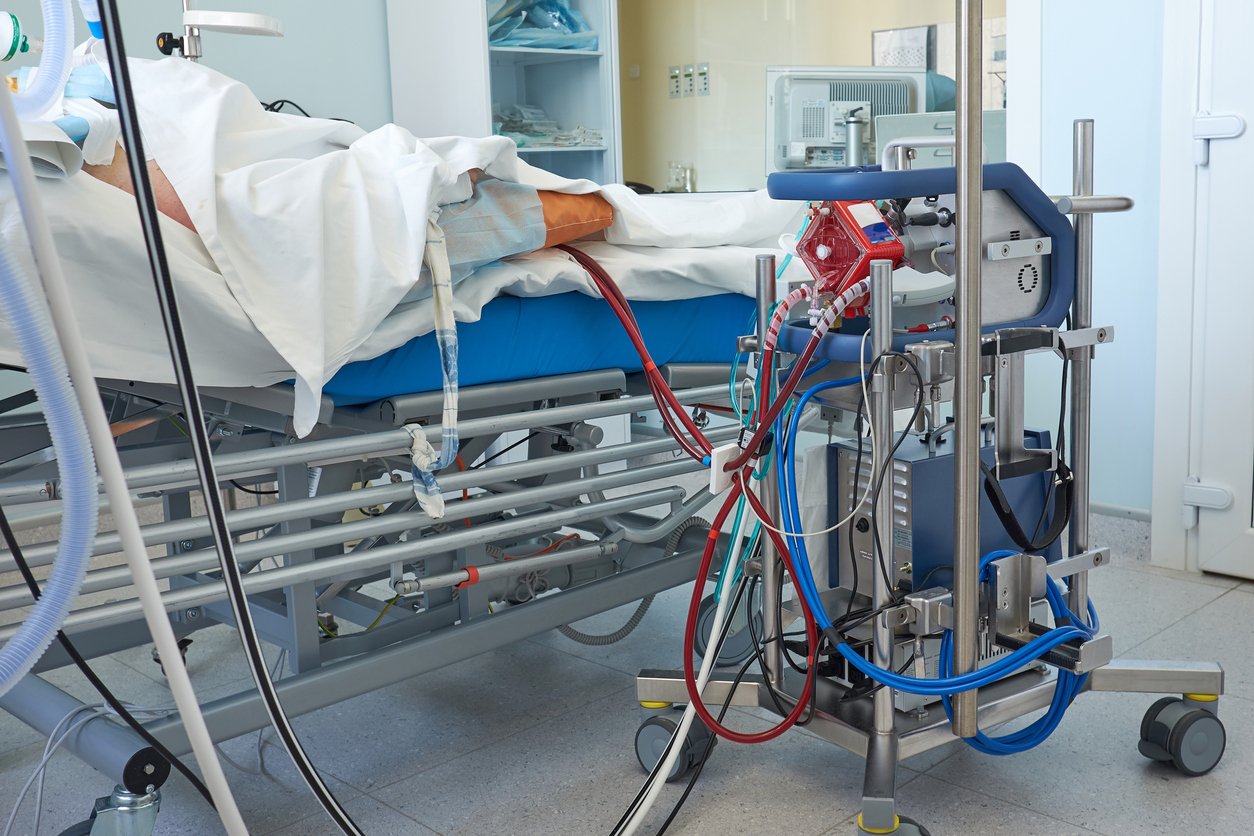Diversifying the Face of Emergency Medicine

Diversifying the Face of Emergency Medicine
June 15, 2019
In this episode Dr. Agboola and Dr. Diaz discuss the complex topic that is diversity and the role it plays in medicine and specifically EM.
Host
Isaac Agboola, MD, MS
Yale New Haven Medical Center
PGY3
EMRA*Cast Episodes
Guests
Tomas Diaz, MD
UCSF San Francisco, PGY-4
Twitter: @tomasrdiaz
Overview:
On this episode, Dr. Agboola and Dr. Diaz discuss the complex topic of diversity and the role that it plays in medicine, highlighting its role in EM. They discuss what programs can do to foster diversity and recruit diverse individuals in the future. They delve into a discussion of how imagery can become expectations and define terms such as minority tax, microaggression, and stereotype threat. Interspersed throughout this discussion, they open up about their personal experiences as providers of color at their respective training sites.
Key Points
- Diversity is not just about having colored faces in a space; it is about creating an environment that cultivates and supports diversity.
- Everyone has implicit biases. It is important to be aware of these implicit biases and utilize that information to invoke intrapersonal change.
- Just like allies are useful in overcoming the barriers faced by the LGBTQ community, allies are also important in overcoming the barriers faced by underrepresented minorities in medicine.
Key Resources
- https://issuu.com/sfmedsociety/docs/sf_marin_medicine_sept_2018-issuu (page 25 features Dr. Diaz)
- https://implicit.harvard.edu/implicit/takeatest.html (Harvard implicit bias test)
- “Understanding why some ethnic minority patients evaluate medical care more negatively than white patients: a cross sectional analysis of a routine patient survey in English general practices” https://www.bmj.com/content/339/bmj.b3450
- “Does Diversity Matter for health?” https://www.nber.org/papers/w24787.pdf
- EMRA Diversity and Inclusion Committee
Related Content

Oct 31, 2023
Health Policy Journal Club: A Study of Firearms Safety Education in the Pediatric Emergency Department
The pediatric emergency department is a unique setting in which educational interventions can reach a wide variety of people. The Health Policy Journal Club examines a study conducted to gauge the efficacy of firearm safety education in pediatric EDs.

Nov 08, 2023
Critical Care ECMO Series: Introduction to ECMO
Extracorporeal membrane oxygenation (ECMO) allows for temporary life support in cardiopulmonary failure refractory to conventional medical treatment. Given its capabilities and increasing presence in our health care system, it is important that all learners, from medical students to attending physicians, become familiar with the technology as it expands to more ICUs and EDs across the world.





